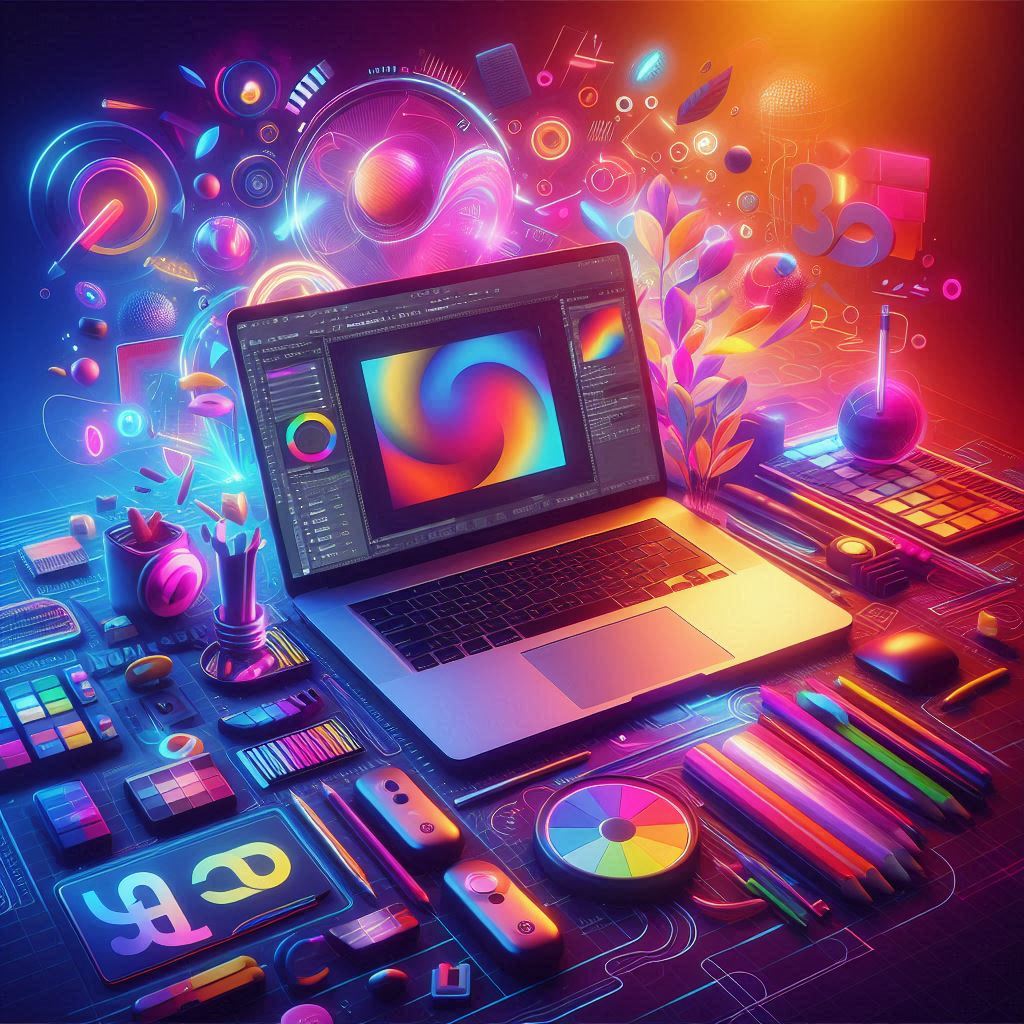Graphic Design for Beginners: Master the Basics

About Course
Start your journey into the world of graphic design with this beginner-friendly course! Whether you want to create stunning visuals for social media, branding, or personal projects, this course will equip you with the fundamentals of design and the tools needed to bring your ideas to life.
You will learn the core principles of design, including typography, color theory, composition, and layout, to help you create visually appealing and professional designs. This course provides hands-on experience with some of the most popular graphic design tools, including:
•CorelDRAW – for vector-based designs, logo creation, and print-ready graphics.
•Figma – for UI/UX design, prototyping, and collaborative design work.
By the end of this course, you’ll be able to confidently design social media posts, business cards, logos, website elements, and much more! Whether you’re a complete beginner or looking to improve your design skills, this course is perfect for you. Get ready to unleash your creativity and become a graphic design pro! 🚀🎨
Course Content
Logo Design Mastery: Create Stunning Logos with CorelDRAW
-
Introduction to CorelDRAW & Your First Logo Design
29:42
Advanced Logo Design Techniques in CorelDRAW
Designing an Engaging Onboarding Screen in Figma
Designing a Professional Food Delivery Flyer in CorelDRAW
Designing a Car Sales Advertisement & Flyer in FIGMA
Designing a Simple Splash Screen in Figma
Student Ratings & Reviews
